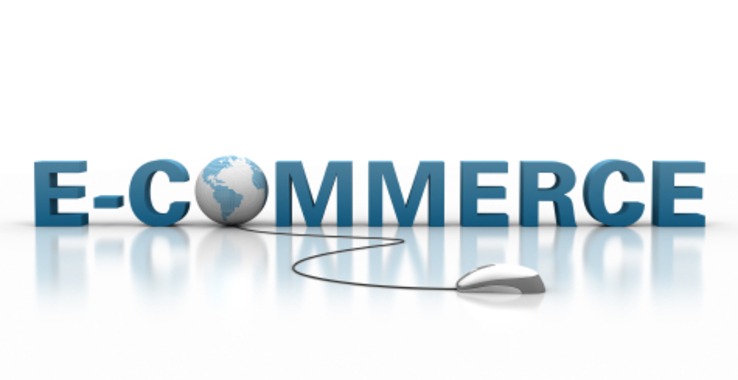
BLOG
Five Essential Elements Of An Ecommerce Website
Improve Your eCommerce Website’s Usability In the highly competitive world of eCommerce, online shoppers are just a click away from your competitors. If they find your website difficult to navigate or the buying process too complicated, they’ll quickly move on to another site offering similar products. To stay ahead, it’s essential to optimize your eCommerce […]
Improve Your eCommerce Website’s Usability
In the highly competitive world of eCommerce, online shoppers are just a click away from your competitors. If they find your website difficult to navigate or the buying process too complicated, they’ll quickly move on to another site offering similar products.
To stay ahead, it’s essential to optimize your eCommerce website’s usability. A smooth, user-friendly experience not only keeps customers engaged but also increases conversions. Here are five key elements to focus on to make your eCommerce site more efficient and customer-friendly.
1. Organize the Navigation Bar for Easy Access
The first thing users interact with when landing on your website is the navigation bar. A clear, well-structured menu ensures that customers can find what they’re looking for right away. Poor navigation is a leading cause of high bounce rates, as frustrated visitors often leave when they can’t easily access the information or products they need.
To avoid this, ensure your navigation bar includes clear and concise category headings. Each link should be active and take users directly to the relevant pages. Additionally, incorporating a search bar next to the menu can further enhance usability, allowing customers to quickly search for specific products or information.
2. Implement a Mega Menu for Larger Product Ranges
For eCommerce websites with a large number of products, a mega menu is an excellent way to present options without overwhelming users. A mega menu is a dropdown that displays all product categories in one large panel, grouped into logical sections for easy browsing. This allows users to quickly hover over a category and find exactly what they need without navigating through multiple pages.
While mega menus are particularly effective for large inventories, they can also improve navigation on smaller sites. By simplifying the process of finding products, you make it easier for customers to explore and convert.
3. Optimize the Add-to-Cart Button for Visibility and Usability
The add-to-cart button is one of the most critical elements on any eCommerce website. It allows customers to keep track of their selected items and pricing, making it essential for encouraging purchases. To maximize its effectiveness, ensure that the button is clearly visible and easy to click.
Color and styling play an important role in how effective this button is. Conduct A/B testing to experiment with different designs and see which one drives the most conversions. The more noticeable and appealing the button, the more likely users are to add items to their cart and complete the checkout process.
4. Simplify the Registration and Checkout Process
One of the biggest reasons shoppers abandon their carts is a long or complicated registration process. To avoid losing potential customers, streamline your registration form. Stick to the essentials—email, password, and delivery details. Unnecessary fields such as occupation or personal interests can frustrate users and cause them to leave before completing their purchase.
It’s also important to offer a guest checkout option. Some users may be hesitant to register an account, and forcing them to do so can lead to abandonment. By providing a hassle-free guest checkout, you ensure that all customers—whether new or returning—can complete their purchase without delays.
Additionally, if you want to encourage customers to sign up for your newsletter, offer an optional, clearly visible opt-in checkbox at the end of the checkout process.
5. Build Trust with Secure Checkout and Transparency
Trust is a critical factor in eCommerce. Shoppers are often wary of sharing their personal and payment details online, so it’s crucial to offer visible assurances that their information is secure. To do this, prominently display security badges like SSL certificates, privacy policies, and trusted payment methods on your website.
Including recognizable security icons such as VeriSign or McAfee can provide additional peace of mind. These visual cues help reassure users that their transactions are safe, encouraging them to complete their purchases.
In addition to security, transparency plays a vital role in building trust. Offer clear information about your return policies, shipping costs, and customer service options. When users feel informed and secure, they’re more likely to finalize their purchases and return for future transactions.
Conclusion
Creating a user-friendly eCommerce website is essential for staying competitive and increasing your conversion rate. By focusing on key elements like effective navigation, a well-placed add-to-cart button, a streamlined checkout process, and visible trust signals, you can ensure that your website provides a smooth and secure experience for customers.
At Matrix Internet, we specialize in optimizing eCommerce websites for usability and performance. Contact us today to learn more about how we can help improve your site and enhance the shopping experience for your customers.




